Period Portrait of Young Captain James Cook (1728-1779) Large 18thC Oil Painting
£3,800.00 Original price was: £3,800.00.£3,040.00Current price is: £3,040.00.
Out of stock
18th-Century Portrait of a Young Captain James Cook
An exceedingly rare and highly significant mid-1700 – 1799 oil on canvas portrait of the legendary Captain James Cook in his youth. Executed by an English artist, this captivating artwork captures Cook with a contemplative expression, letter in hand, and a maritime scene in the background — a subtle reference to his future groundbreaking voyages of discovery.
English School, mid-1700 – 1799
Oil on canvas
Framed Dimensions: 37 x 29 inches
Canvas Dimensions: 32 x 24 inches
Provenance: From a private collection in the South of France Condition:
Very good condition; minimal signs of aging, with the painting’s integrity well-preserved.
The composition and the sitter’s direct gaze evoke a sense of quiet confidence and vision, befitting one of history’s greatest navigators. This exceptional piece is not only a fine example of 18th-century portraiture but also an artwork of historical importance. It is a collector’s dream, offering both aesthetic beauty and a direct connection to the Age of Exploration. A unique opportunity to own a piece of history, ideal for collectors of maritime, historical, or museum-quality works. Captain James Cook (1728–1779) was a British explorer, navigator, and cartographer, renowned for his three major voyages of discovery in the Pacific Ocean. Born in Yorkshire, England, Cook started his maritime career in the British merchant navy before joining the Royal Navy in 1755. His first major voyage (1768–1771) aboard HMS *Endeavour* was to the Pacific, where he charted New Zealand and the east coast of Australia, making the first recorded European contact with Australia’s Indigenous peoples. During his second voyage (1772–1775), Cook ventured further into the southern Pacific, becoming the first European to cross the Antarctic Circle, disproving the existence of the fabled “Terra Australis.” On his third voyage (1776–1779), Cook aimed to find a northwest passage between the Pacific and Atlantic Oceans. It was during this expedition that he became the first European to land on Hawaii, which he named the Sandwich Islands. However, his relations with the islanders deteriorated, and he was killed in a confrontation with Hawaiians in 1779. Cook’s contributions to science, navigation, and the detailed mapping of the Pacific were immense. His voyages greatly expanded European knowledge of the Pacific and laid the groundwork for future exploration. Cook is remembered as one of history’s greatest explorers.
| Weight | 22 kg |
|---|---|
| Dimensions | 29 × 37 in |
Be the first to review “Period Portrait of Young Captain James Cook (1728-1779) Large 18thC Oil Painting” Cancel reply
Related Products
Portrait Paintings
1870’s Victorian English Portrait of Country House Lady Large Oil on Canvas
Portrait Paintings
Large Victorian Portrait of Country Gentlemen Squire Oil Painting on Canvas
Figurative Paintings
Huge British Mid 20th Century Portrait of a Bank Manager Signed Oil Painting
Portrait Paintings
ANTIQUE FRENCH IMPRESSIONIST OIL PAINTING – PORTRAIT OF SEATED MAN IN HAT





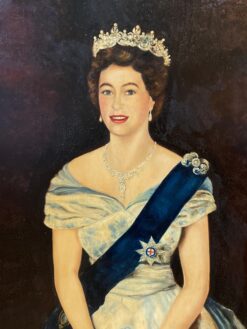

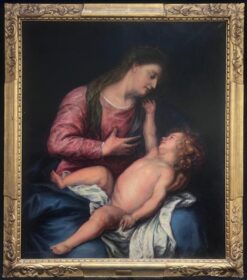
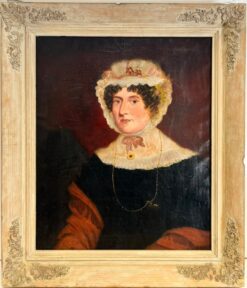

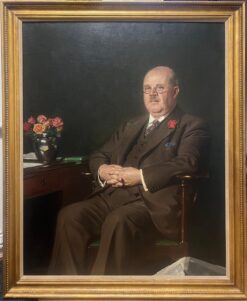


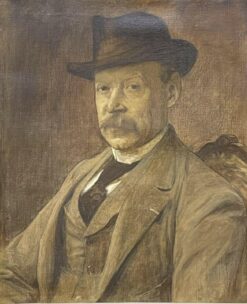
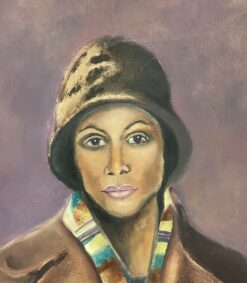
Reviews
There are no reviews yet.